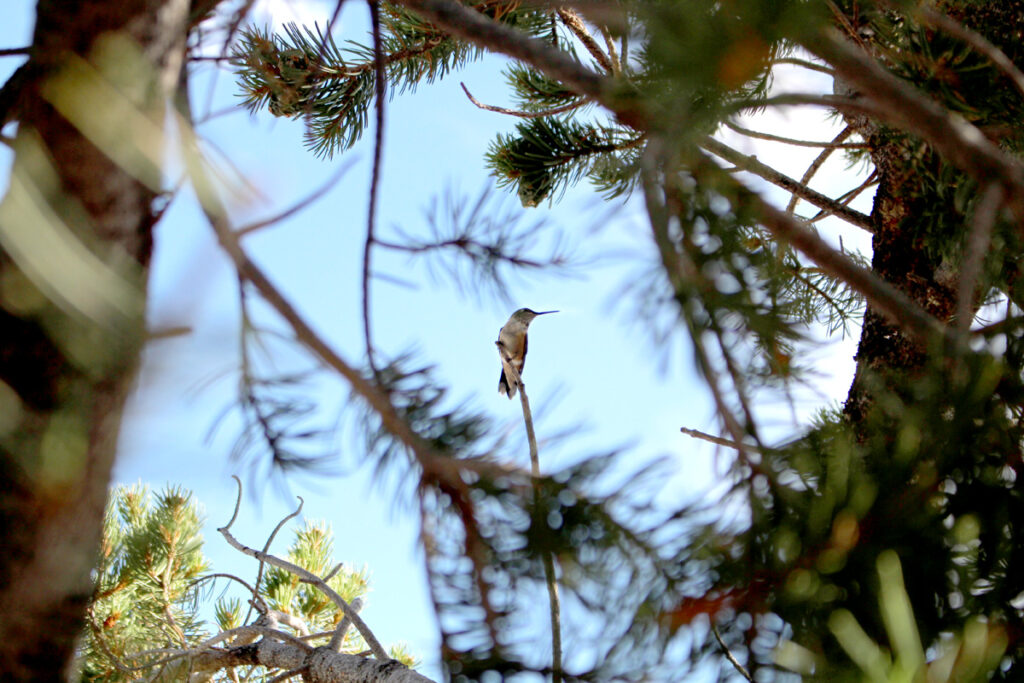
As temperatures climb, expect to see more and more beautiful hummingbirds as they migrate north. Here are a few tips for feeding hummingbirds and how to attract more of them to your yard.
For feeding hummingbirds, create a mixture of one part refined white sugar to four parts water —that’s all you need to keep them happy and give them the energy they need. Refined white sugar is the only acceptable sweetener for them. Brown sugar contains molasses which is harmful to their delicate digestive system. While unrefined organic sugar may be healthier for humans, it is not good for these little guys. Flower nectar is naturally clear so don’t add any coloring or dyes to the mixture; it’s the bright flower colors that attract hummers, so the red plastic on your feeder will do the job just fine. You can plant native flowering plants, too.
When placing your feeders, find a shady spot, to give our tiny friends a reprieve from the sun, and space feeders out to help prevent squabbles, as male hummingbirds are notoriously territorial. Several smaller feeders placed around a yard is better than just a few large feeders. You can leave feeders out for 3 to 4 days in temperatures below 90° before refilling them. To keep them clean, once a month soak the feeder in a bleach mixture of one tablespoon bleach per quart of water to prevent any bacteria buildup. (And, of course, rinse very thoroughly after this soak.)
Hummingbirds also like to bathe, so providing a shallow bird bath is sure to make you popular with them—opportunities for bathing in the wild are rare and they’ll appreciate it.
A few fun facts about hummingbirds:
- They are the only bird capable of hovering and flying backwards, but they cannot walk or hop.
- Hummingbirds survive freezing temperatures by entering “torpor,” a state of dormancy where they slow their heart rate and drop their body temperature up to 50 degrees lower than average.
- Males attract mates by performing large, arcing dives, showing off their brightly colored throats.
Author
-

Bryce Flanagan moved from Sacramento, CA to Taos County in 2016, and has lived in Questa for two years. He's passionate about the unique and beautiful wildlife of our state and is a regular contributor to the Questa Del Rio News.
View all posts



